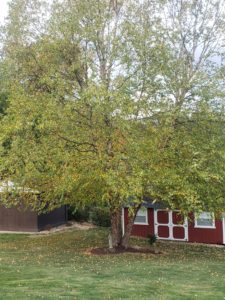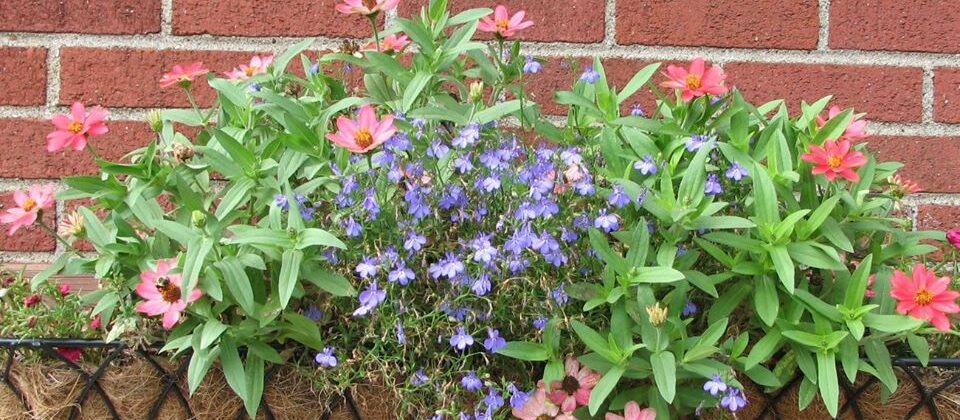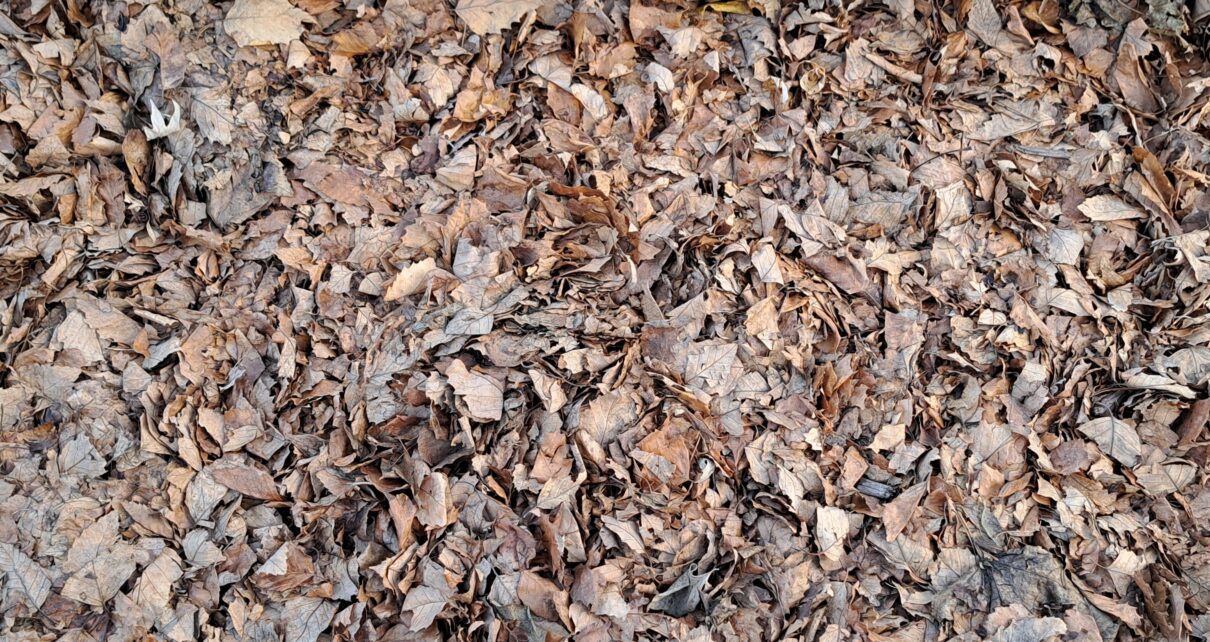While leaf mold sounds disgusting, it is awesome for your garden! It is a very beneficial way of mulching your raised beds.
Here are my tips for preparing your raised beds for the fall and the benefits of using leaves which become leaf mold:
Tips:
1) If your soil is too compacted, then use a a garden tool and loosen it up.
2) If you have some leftover balance plant food, used coffee grounds or mushroom compost, sprinkle it on top of the soil.
3) Add a thick layer of leaves – about 3 to 4 inches.
4) Wet the leaves so they don’t blow around.
5) As the leaves get compacted or decompose, you can add more leaves and more water.
6) Also, you can secure the leaves with netting or garden fabric so they stay in place.

Benefits:
1) Leaves are free!
2) Leaf Mold improves soil fertility which means it provides nutrients to the soil and improves soil structure so it will become nice and loose over time.
3) The layer of leaves protect and feed organisms including earthworms.
4) By using leaves as a mulch, you are helping the environment. If you have leftover leaves, just place them in your garbage can or a brown bag – not plastic bags please! This will allow them to decompose at the landfill. Also, you might want to keep the leftover leaves for mulching during the next gardening season.
By the end of spring, the leaves should decompose depending on the leaf size and weather.
One of my favorite places to check out fall leaves is Cooper’s Rock, WV.


